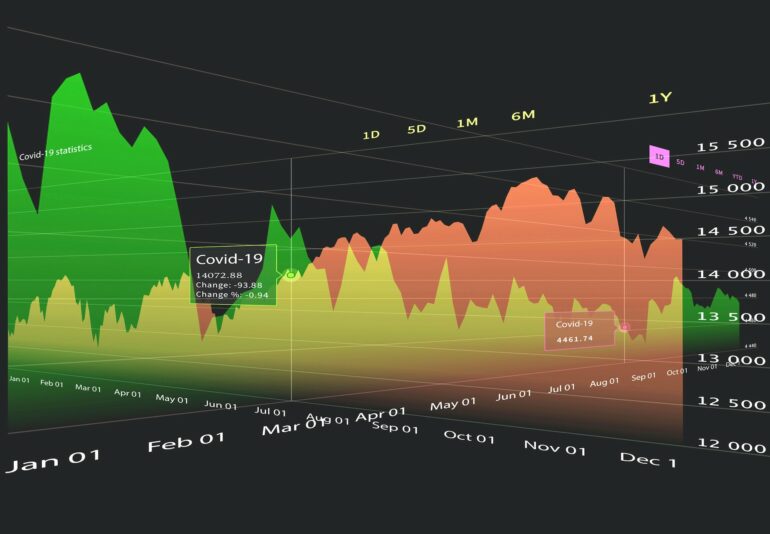As of April 2023, about 1% of people who contracted COVID-19 ended up dying. Does that mean you have a 1% chance of dying from COVID-19?
That 1% is what epidemiologists call the case fatality rate, calculated by dividing the number of confirmed COVID-19 deaths by the number of confirmed cases. The case fatality rate is a statistic, or something that is calculated from a data set. Specifically, it is a type of statistic called a sample proportion, which measures the proportion of data that satisfies some criteria – in this case, the proportion of COVID-19 cases that ended with death.
The goal of calculating a statistic like case fatality rate is normally to estimate an unknown proportion. In this case, if every person in the world were infected with COVID-19, what proportion would die? However, some people also use this statistic as a guide to estimate personal risk as well.
It is natural to think of such a statistic as a probability. For example, popular statements that you are more likely to get struck by lightning than die in a terrorist attack, or die driving to work than get killed in a plane crash, are based on statistics. But is it accurate to take these statements literally?
I’m a mathematician who studies probability theory. During the pandemic, I watched health statistics become a national conversation. The public was inundated with ever-changing data as research unfolded in real time, calling attention to specific risk factors such as preexisting conditions or age. However, using these statistics to accurately determine your own personal risk is nearly impossible since it varies so much from person to person and depends on intricate physical and biological processes.
The mathematics of probability
In probability theory, a process is considered random if it has an unpredictable outcome. This unpredictability could simply be due to difficulty in getting the necessary information to accurately predict the outcome. Random processes have observable events that can each be assigned a probability, or the tendency for that process to give that particular result.
A typical example of a random process is flipping a coin. A coin flip has two possible outcomes, each assigned a probability of 50%. Even though most people might think of this process as random, knowing the precise force applied to the coin can allow an observer to predict the outcome. But a coin flip is still considered random since measuring this force is not practical in real-life settings. A slight change can result in a different outcome for the coin flip.
You could predict the outcome of a coin toss if you had the right information.
A common way to think about the probability of heads being 50% is that, when a coin is flipped several times, you would expect 50% of those flips to be heads. For a large number of flips, in fact, very close to 50% of the flips will be heads. A mathematical…



